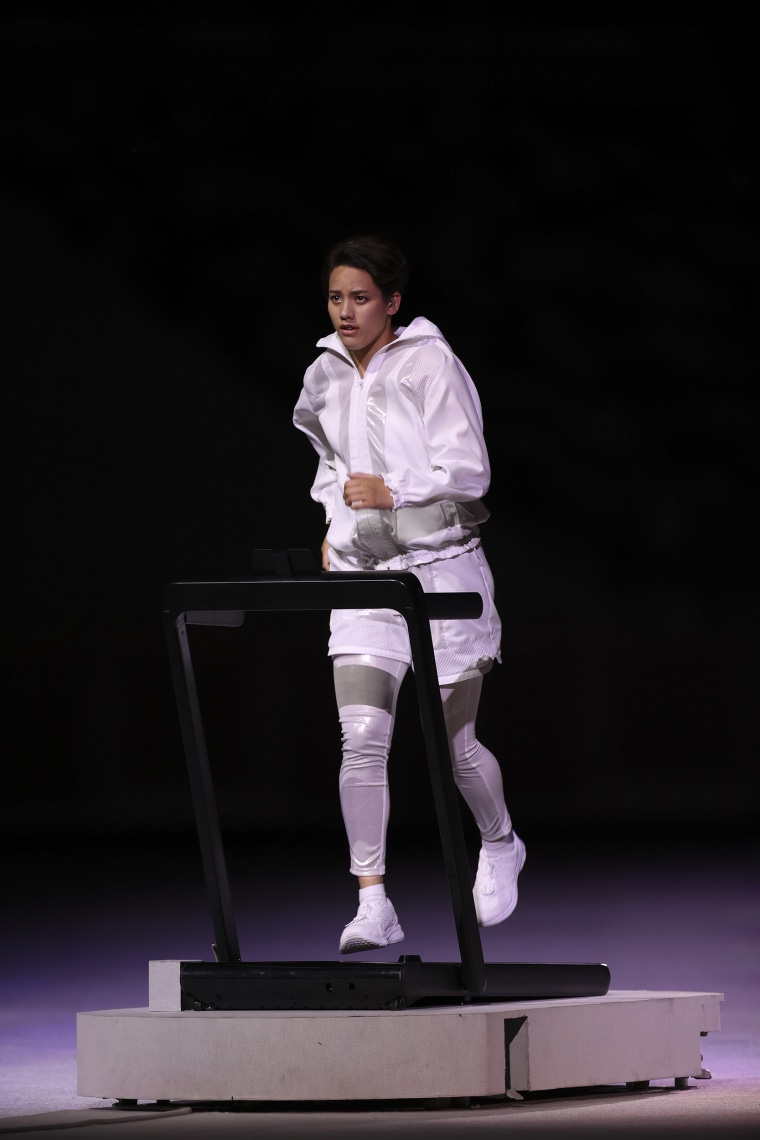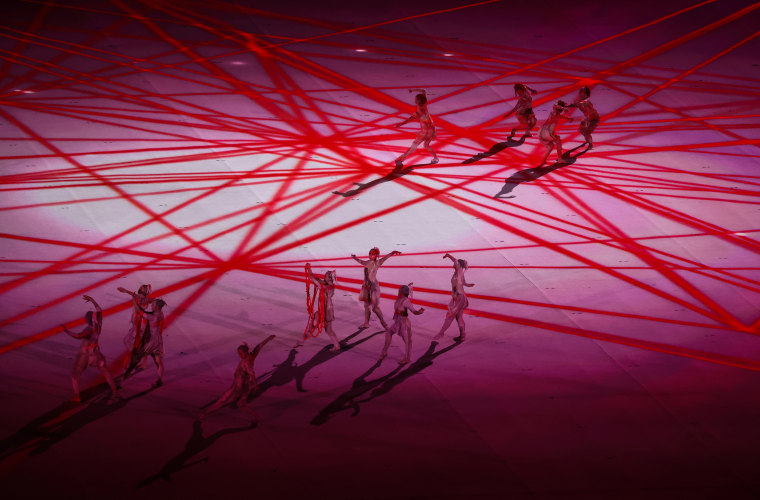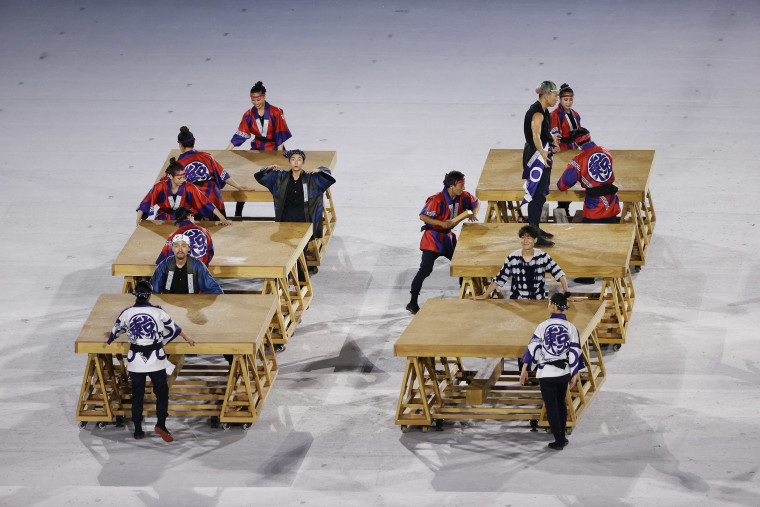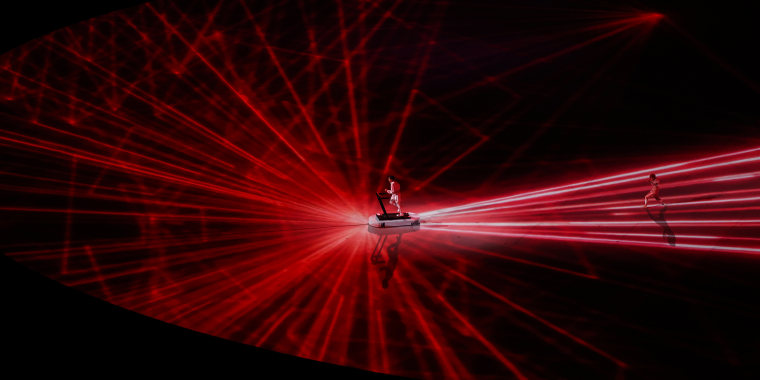The opening ceremony of the Tokyo Olympics may have been held in a stadium with very few spectators, but the lack of fans didn't put a damper on the festivities.
The eye-catching ceremony began with an elaborate opening sequence filled with symbolism and references to the pandemic. Less than a thousand masked Olympic committee members, foreign diplomats and officials, including first lady Jill Biden, watched the ceremony, though the stadium typically seats 68,000.
The sequence started with a stop-motion video, featuring geometric shapes drawn on a blackboard in chalk. According to NBC Sports, the first half of the video took a week and a half to film and involved "repeatedly drawing and erasing approximately 400 images of solid objects" on a blackboard. Gradually, the images turned into the Olympic Stadium, and the video transitioned to a live action shot of the stadium.

At the stadium, a single female athlete was shown standing on the field, and a countdown from 2013, when Tokyo first won its bid to host the Games, was shown. In the last moments of the countdown, fireworks erupted, surrounding the stadium with color and light for nearly 30 seconds.
After the fireworks subsided, a more emotional sequence began: Japanese middleweight boxer Arisa Tsubata was shown running on a treadmill in the middle of the field.

Tsubata was a nurse who treated COVID-19 patients during the pandemic, and while she had goals of competing in the Olympics, the last boxing qualifier was canceled because of the pandemic, leaving her unable to qualify for the international competition.
As the sequence continued, Tsubata was shown surrounded by other lone athletes, all distanced from each other but connected by light projections that are meant to represent an "invisible bond," according to NBC Sports.
The first sequence of the opening ceremony closed with dozens of dancers using pieces of red elastic during a routine meant to represent bodily movements and a "web of emotions," according to NBC Sports.

Finally, the focused transitioned back to Tsubata, still running alone in a darkened stadium.
A second sequence, called the "Rhythm of Tradition" performance, featured an elaborate interpretive dance. It began with a work song, identified by NBC Sports as "Kiyari Uta," which has been played since Japan's Edo period from 1603 to 1867. The song was performed by members of the Edo Firemanship Preservation Association while dancers dressed as carpenters appeared to be working at large tables.

Next, five large wooden rings, each more than 12 feet wide, were carried onstage and surrounded by paper lanterns. The rings were made out of lumber from trees that were planted by athletes who participated in the 1964 Tokyo Olympics, when competitors from each participating country brought seeds to Tokyo to be planted as commemorative trees. As the trees grew, they were relocated to different areas in Japan so that they could grow. The five rings were then pulled together to form the iconic Olympic Rings.
Related:
